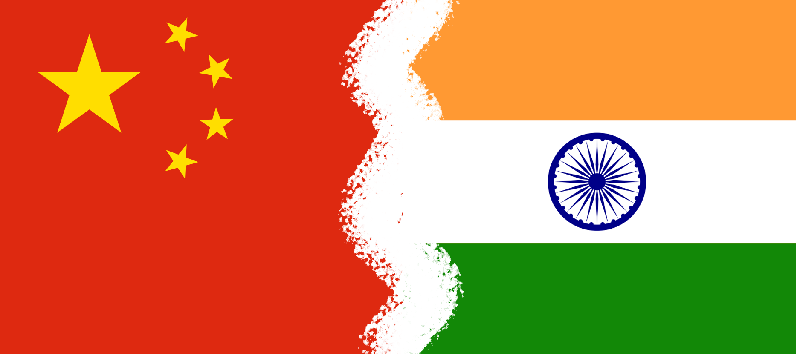Amid the Covid-19 pandemic, China has reportedly achieved its long-standing goal of ending absolute poverty. However, there have been no celebrations yet on reaching this milestone.
Time and again, President Xi Jinping has spoken of various Chinese government policies that would help alleviate poverty in the country. In 2015, Xi pledged to pull up the country’s 70 million people above the poverty line by 2020 and develop a “moderately prosperous society” ahead of the International Day for the Eradication of Poverty.
China has managed to strike down all 832 impoverished counties from the poverty list, Chinese media reported. On November 23, Xinhua reported that the last nine counties in southwest China’s Guizhou Province have been pulled out of absolute poverty.
China had “completed the goal of achieving a comprehensive poverty alleviation by the end of 2020,” Chinese Foreign Ministry spokesman Zhao Lijian said. “The hard-won results are gratifying.”
China’s Definition Of Poverty
China defines absolute poverty as surviving on less than 2,300 yuan ($350) per year in contrast to the World Bank’s standard of $700 a year. State-run television station CGTN justified the difference saying that the purchasing power parity (PPP), which compares different countries’ currencies through a basket of goods, should be taken into account while calculating the amount.
It further said that China adjusts its poverty every year to reflect the inflationary pressure faced by the rural population using 2010 as a base, while the World Bank uses 2011 as the base year.
“There might be questions of whether the poverty line was set too low or not … (but) I think for the rest of the world the key message is that ending poverty, moving people out of poverty, is possible,” Matteo Marchisio, country director for China at the United Nations’ International Fund for Agricultural Development (IFAD) told CNN. “It is really a message of hope.”

Mixed Reactions
While some state media celebrated the milestone, others took a more conservative approach. Xinhua, quoting Xia Gengsheng, deputy director of the Poverty Alleviation Office of the State Council, said that this does not mean that the national poverty alleviation goals and tasks have been fully completed.
“After the provincial announcement, they will also accept random checks by the State Council’s Leading Group for Poverty Alleviation and Development, the National General Survey on Poverty Alleviation, and the assessment of the effectiveness of poverty alleviation to test the standardization of exit procedures, the accuracy of standards, and the authenticity of results.” Xia Gengsheng said.
While China managed to achieve its milestone on time, India is still far behind this objective. India had a higher GDP per capita in the 1990s although India’s economic reforms started in the 1990s while China started a decade earlier.
China Versus India
China’s growth is marked by heavy investment in infrastructure, transforming an agrarian economy to an industrial one, accelerating growth and creating more jobs.
According to a research paper by economist Jayati Ghosh, investment rates have increased over time in India, which is only to be expected in a developing economy achieving higher rates of per capita income growth, and have moved up especially rapidly in the current decade, to around 36 percent now.
“Meanwhile, the share of agriculture in GDP has fallen along predictable lines in the course of development, but there has been little increase in the share of the secondary sector, which has not changed at all since the early 1990s. Rather, the share of the tertiary sector has increased dramatically, to the point where it now accounts for around half of national income.”
However, there is a silver lining. According to an analysis by McKinsey Global Institute (MGI) that involved a 50-year (1965-2016) analysis of 71 countries, India saw the “second-biggest impact by pulling 170 million people out of poverty between 1990 and 2013, reducing the number of its citizens living in extreme poverty by 25%,” trailing only after China.
While India now lags far behind China and with even slower growth in the wake of the pandemic, it is yet to be seen if the country manages to revive its economy and move ahead to achieve its long-term goals of eradicating poverty.




